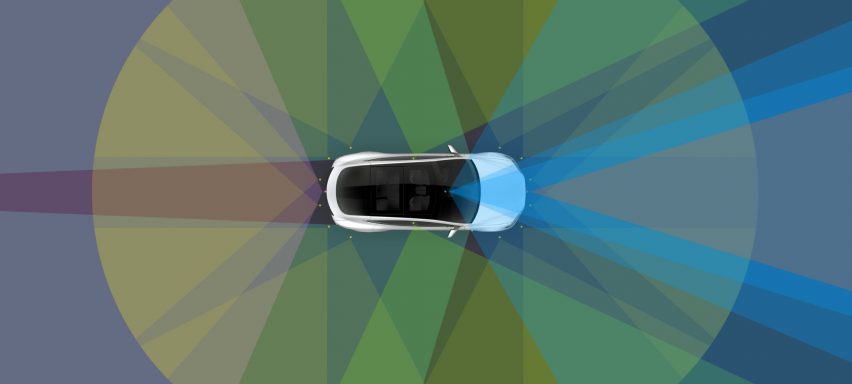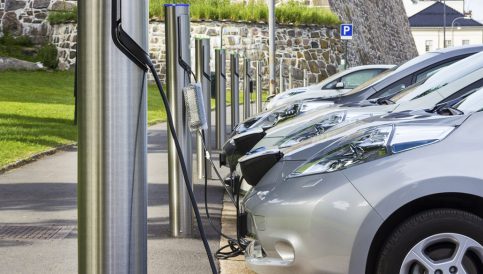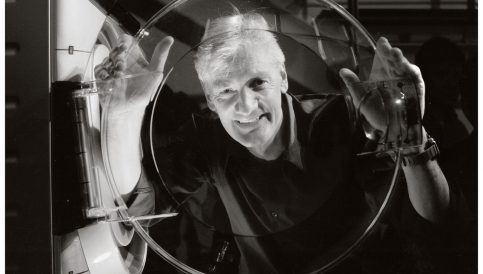Our Autonomous Future
“Look mum, no hands!” he said, veering off a cliff.

A decade ago, fully autonomous vehicles were just a fun thought, considered by no means an inevitability. And yet here we are with the age of automation upon us, hell-bent on a future where machines outclass humans at all cognitive tasks. But what are the implications of this shift and why has it been a cause for concern?
For starters, self-driving cars are considered a threat to one of the world’s most common occupations, but such a concern isn’t unique to the modern day; over 400 years ago William Lee was denied a patent for his knitting machine after Elizabeth I expressed concerns over the employment of hand-knitters. Fast forward to today and the Chancellor is warning drivers to retrain in anticipation of Level 5 autonomy, which is probably a good idea. The development of artificial intelligence isn’t coming to a halt any time soon; we need intelligence, clearly. And it would make even less sense to withhold the technology by virtue of how many lives it could save.
It’s estimated that autonomous vehicles could bring about a 90% reduction in road fatalities. Considering there are approximately 1.2 million traffic fatalities annually, that would equate to about 10 million lives saved per decade. When we’re dealing with numbers like these, it’s easy to conceive of a day when it’s illegal for humans to drive at all.
In the meantime, there’s still a fair bit of work to do. In fact, it’s not only the IT guys who are working hard to iron out the wrinkles—so too are philosophers (and lawyers!). Some of you will have heard of the Trolley Problem, a famous thought experiment in ethics (check it out if you haven’t). It’s something that has to be carefully considered before autonomous vehicles are introduced:
Imagine relaxing, stretched out in the backseat of your autonomous car. Several children step into the road. Your car has to decide whether to swerve off a cliff or take out the group. What should it do? Cars would also have to respond to scenarios with varying numbers of people on board versus on the road. The solutions to these thought experiments will have to be written into the code, which begs the question: who’d buy a car that would actually choose to kill them?
“I think I’ll opt for the child-killing car, instead… thanks.”
Another concern with fully autonomous vehicles is their susceptibility to hacking. Nobody wants to find themselves in a car being remotely controlled by Mr Robot. A scenario like this has been portrayed in the recent “Fate of the Furious” film, whereby a fleet of hacked autonomous cars began racing through the streets. But experts have “assured” us that hackers would most likely utilize ransomware, disabling a vehicle until a sum of money has been paid.
This is all just food for thought, though. I’m sure our autonomous future will unfurl without a hitch. Already the self-driving technology company Waymo—formerly a project by Google—has racked up more than 4 million self-driven miles in their endeavour to refine the technology, and has done so largely on complex city streets. And over at Tesla they’ve just introduced a new onboard computer with more than 40 times the computing power of previous generations. This will run the company’s new neural net for vision, sonar and radar processing software, allowing for an unprecedented ability to register a car’s environment.
But it’s not always the technology that scares people. It often the unexpected ways in which we change as a consequence. But this is not something we can anticipate. We’ll just have to wait and see…
“We shape our tools and then our tools shape us” – Marshall McLuhan
Marc Ward














